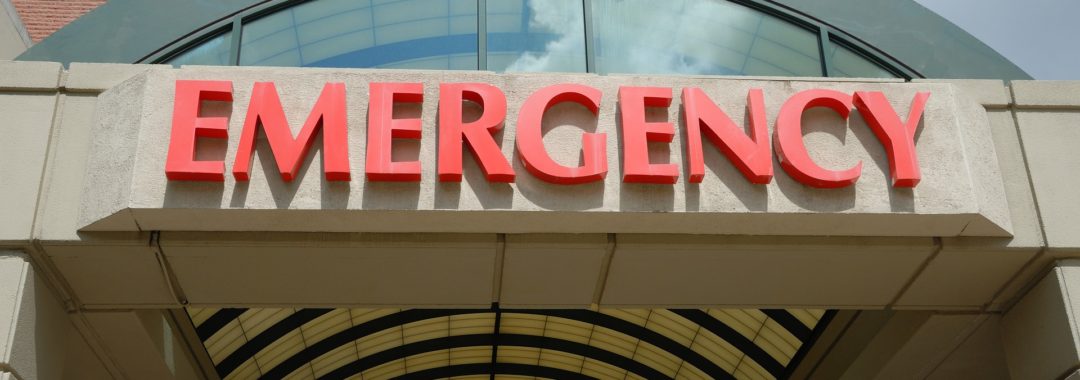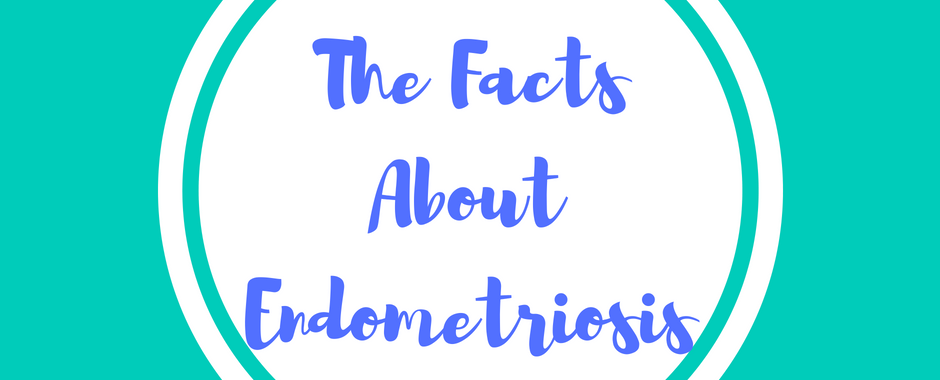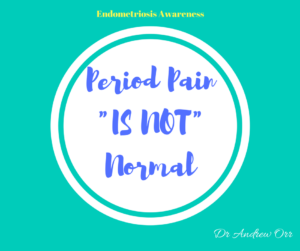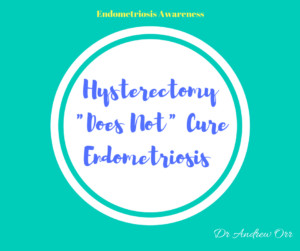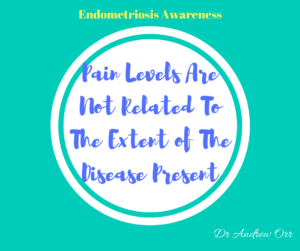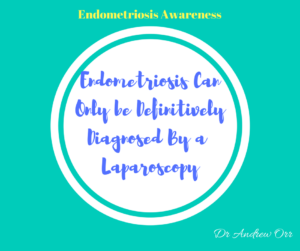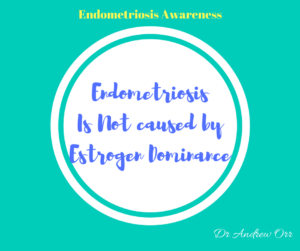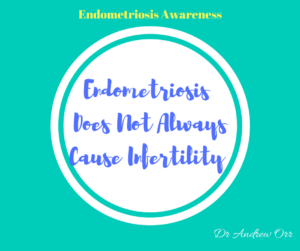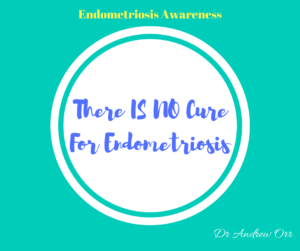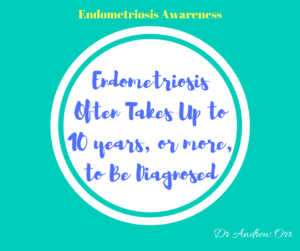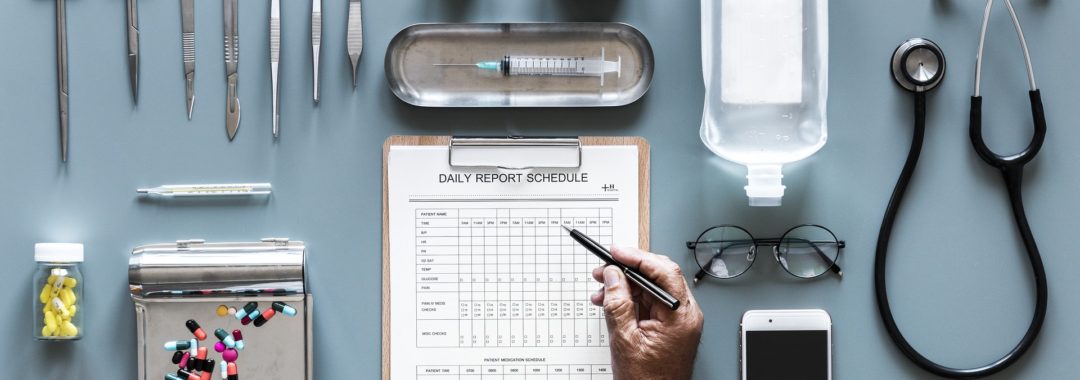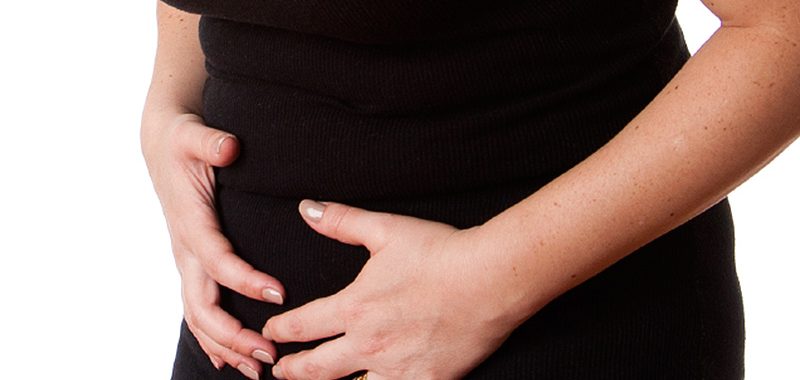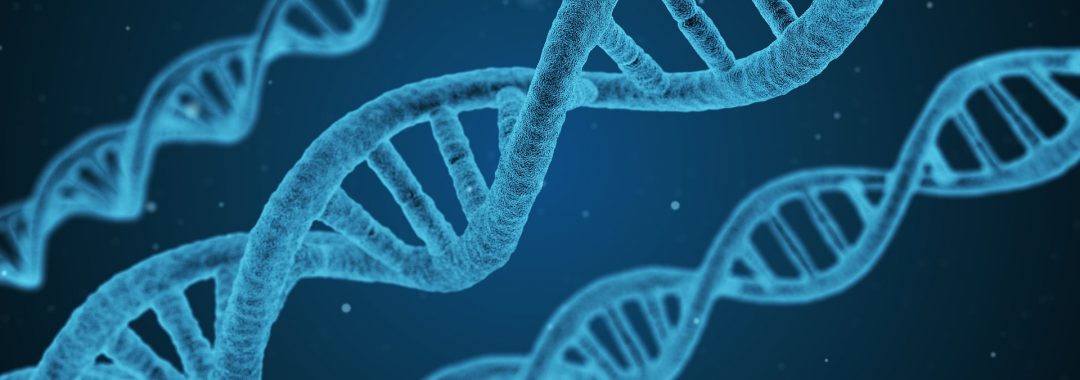Previously I posted a story about endometriosis being aired on SBS television. I am sure many people watched it and it is great to see that sufferers are finally being recognised. It is important that sufferers are finally being recognised and that there is more education about this disease.
But, is education and awareness enough?
Well, ‘yes’ and ‘no’. I always say this when I am asked this question. Yes, it is great to get education and awareness out there, but what are we doing to support those who are struggling daily?
Any education and awareness about this horrible disease is great. It is a huge win for sufferers when we do see programs go to air and aren’t scared to ask people their experiences of living with a disease state.
I do think those that were involved and those that are driving this awareness need to be applauded. Getting media to listen is one of the best ways to bring awareness to the disease states such as endometriosis.
While there was lots of information shared, I do believe more could have been talked about. I was a little disappointed to hear that the opening line was more about associating endometriosis and periods. We know endometriosis and its symptoms can be there daily, not just around the menses. But, it does open up discussion for more programs and media recognition for those with endometriosis, or any gynaecological condition really.
I’ll talk about the good things, the not so good things and everything in between. Let’ have a look what was talked about and some of the things that should have been talked about as well. I do realise time constraint mean that not everything can be talked about either.
The important things that were talked about
- Millions of women world-wide suffer this disease
- Millions of suffers do have a wide range of symptoms that vary with each individual
- Period Pain IS NOT Normal
- There is no cure for endometriosis
- Millions of women world-wide have been led to believe their symptoms are normal, when they aren’t
- Women are being missed and dismissed daily and told to basically suck it up
- Many women take more than 10 years to be diagnosed
- GP’s and other healthcare people are missing the disease and also failing to refer on
- Many women are misdiagnosed for other disease states such as IBS, gastro etc
- When presenting for medical help, many women are told they just have a gastro virus, or it may be an ectopic pregnancy
- Endometriosis affects the daily life of sufferers and their partners and family as well
- Partners can be affected by watching their loved one go through this disease state
- Intimacy and a happy healthy sex life can be hard for sufferers due to pain and associated symptoms
- Many endometriosis sufferers have to take pain killers daily, just to get through their day
- Endometriosis requires a laparoscopy to be diagnosed
- Scans and blood tests cannot diagnose endometriosis
- Women need a highly specialised surgeon when needing to have the disease diagnosed and cut out
- Despite the best medical treatments available, women are still in pain daily
- Many women will require multiple surgeries to deal with endometriosis
- Despite multiple surgeries, women are still in pain and have all the associated symptoms of endometriosis.
- Women will need hormones, pain medications, pain management and psychiatric help dealing to be able to deal with endometriosis
- Often pain and associated symptoms are not managed well at all
- Women who suffer endometriosis are holding down jobs and many people are unaware they are suffering this disease
- Many women with endometriosis cannot hold down fulltime employment either
- Women are not being told the facts about endometriosis
- Many healthcare practitioner do not know the facts about endometriosis
- Women of all shapes, sizes and colour have endometriosis
- Endometriosis is just as common as many other well-known disease states, yet little is known about it.
- Complementary medicines such as acupuncture and Chinese medicine may help women with endometriosis (although this was brushed over very quickly)
- Genetics/hereditary links are now known to be a big part in the disease expression
Important things that were not talked about
- Endometriosis pain and associated symptoms do not just happen around the menses
- A significant portion of women with endometriosis are asymptomatic (meaning no symptoms) and are only diagnosed through needing to assess for other issues such as fertility investigations
- Not all women with endometriosis will experience fertility issues
- Pregnancy does not cure endometriosis
- Hysterectomy does not cure endometriosis
- Endometriosis is Estrogen driven and not caused by estrogen dominance
- Progesterone in suppressive to the disease
- Pain levels are not related to the extent of the disease
- Teenagers are not too young to have endometriosis
- Certain combined contraceptive Pills that contain estrogen, could be making the disease worse, or in fact helping mask and then drive the disease
- The facts around endometriosis need to be standardised and more freely available
- Despite the best medical treatment not working for some women, we need to educate about other alternatives, including complementary therapies
- Women with endometriosis do need a multimodality (team) approach to manage their disease state and daily symptoms
- There needs to be better funding to help women access all services they need for endometriosis and the associated symptoms
- Too much surgery can be just as bad as not having surgery
- The first surgery should always be a sufferer’s best surgery
- Women with endometriosis need to see and advanced trained laparoscopic surgeon who specialises in endometriosis and is an excision specialist.
- Not all gynaecologists are advanced trained and not all gynaecologist will be able to effectively manage endometriosis
- Most of the good advanced trained surgeons do not do public work. Some do limited work, most don’t.
- Women and healthcare practitioners need to be educated about the facts are endometriosis
- GP’s and other healthcare providers who are the first point of call for women, should be better educated about endometriosis and the associated symptoms
- Women with endometriosis can have adenomyosis, PCOS and other gynaecological diseases at the same time
- Women who suffer bad symptoms of endometriosis have contemplated suicide, or had suicidal thoughts
- Women with endometriosis will require help with depression, anxiety and other mood disorders
- Many women with endometriosis are addicted to pain medications and opiates and are not monitored , or managed well
- Many women cannot function without some of the pain medications and the alternatives that are not as addictive need to be discussed
- Diet and lifestyle changes can help with reducing the symptoms of endometriosis and may help with reducing some of the inflammation driving the disease
- Healthy gut bacteria and restoring the microbiome can help with some of the symptoms associated with endometriosis and the inflammatory processes around endometriosis
- Exercise may assist with the symptoms of endometriosis
There are probably many other things that need to be discussed, but, for now this is a great start. Any awareness is a great outcome and again those that were involved need to be applauded and commended. The sufferers, the specialists, the partners, the families, the media people and everyone involved deserve to be praised for this story. We now just need to take it to the next level of education and awareness for the sake of those and their families that suffer from this horrible disease.
There is no cure for endometriosis and even with surgery and the best medical interventions; women will still suffer the daily consequences of the disease. The best way to treat and clinically manage endometriosis is with a multimodality (team) approach that requires many different modalities and medicines. While there is no cure, with the right interventions and management women can become asymptomatic (meaning no symptoms). We now just need governments to provide better funding to this with endometriosis and those who will ultimately be involved in their care.
Let’s hope that with awareness and education, this brings further funding and changes. We also need for more programs to be aired on the media to talk about what women with endometriosis can do to manage their disease better and where to access the help they so desperately need.
Take care
Regards
Andrew Orr
– No Stone Left Unturned
– The Endometriosis Experts
– Women’s and Men’s Health Advocate


